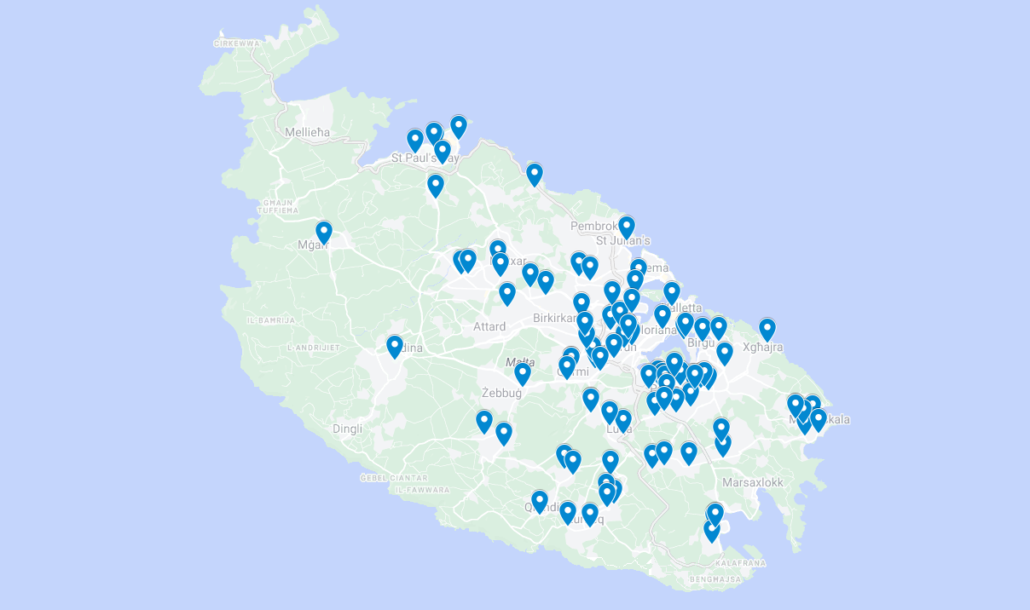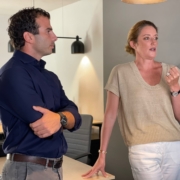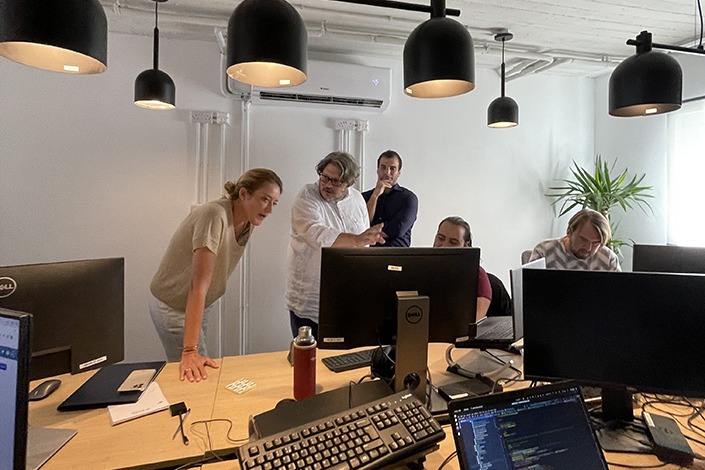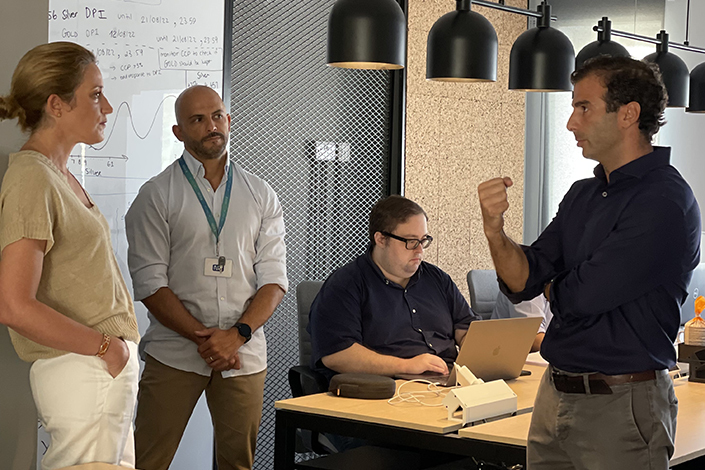Tech IRL
Tech is over-hated.
Whether it’s machines or machine learning – we expect perfection from technology.
As people, we’re more forgiving of mistakes made by other people than we are of tech.
And I get it – I know how great it is when ride-hailing tech works smoothly and how frustrating it can be if something goes wrong.
That’s why, every day, our engineers at eCabs Technologies work hard on finding new innovative ways to bridge the gap between our technology and the real world.
The world over, tech businesses have dropped the ball because they allowed themselves to become disconnected from the communities they serve.
They’ve been criticised for their predominantly white male workforce and accused of perpetuating biases that lead to products and services that don’t adequately address the needs of their customers.
Disconnected tech companies have been responsible for facial recognition systems with racial bias, location algorithms that discriminate against low-income areas, and service options that limit users to binary gender categories, leaving people feeling excluded, or worse.
Real people interacting with real people
Unlike so many other tech companies, eCabs isn’t just about people interacting with our technology.
It’s also about real people interacting with real people.
That’s because our technology is just one component in a relationship that also involves drivers, riders, and urban communities.
Our role as a company is to manage this relationship.
Take our drivers.
We call them partner drivers for a reason.
For our customers, they are the human face of a business that otherwise only exists through a digital interface.
That’s why at our engineering lab we have a team of developers working to ensure our technology serves these people as well as it should.
Like ensuring our payment system is always stable and reliable – because we know that drivers depend on that income.
It’s also why we regularly engage with partner drivers to know what they’re experiencing behind the wheel and how we can make our system better.
We ask questions like ‘How much information is too much information, for someone who is meant to be keeping their eyes on the road?’
Part of the solution
eCabs also actively engages with the communities we operate in – whether that’s supporting local leaders to green our urban spaces or meeting with national-level regulators to find better ways to manage traffic flows.
When we say we’re part of the solution, we mean it.
We’re trying to find better ways of connecting drivers and riders with the urban areas they are moving through, creating routes that make for better journeys for users – drivers and riders alike.
Ultimately, it creates a better experience for the real-life users of our service.
Because we know that eCabs doesn’t live in a vacuum.
Our tech exists in the real world.
















